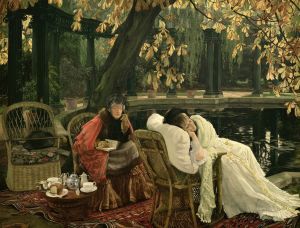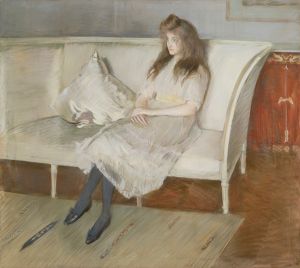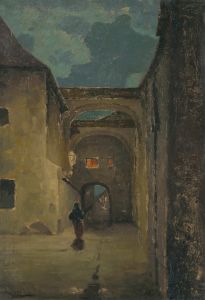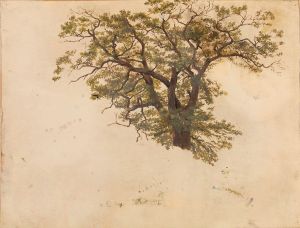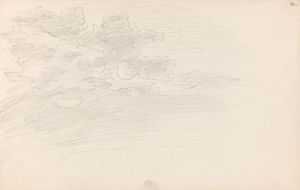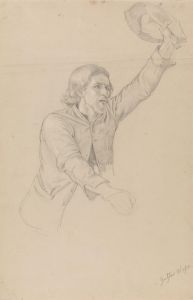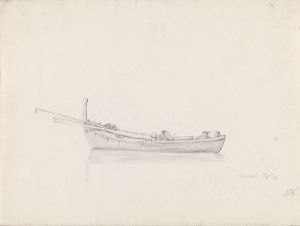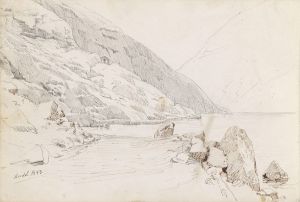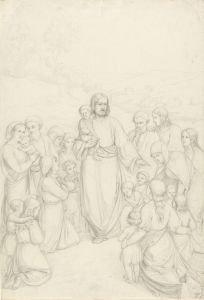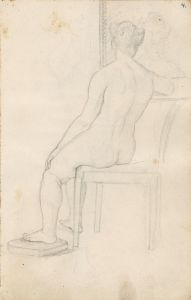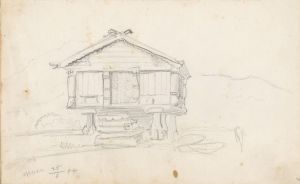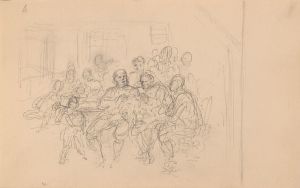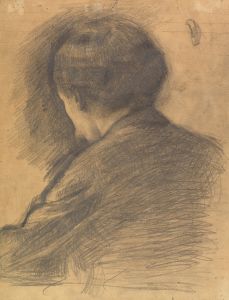
Sittende kvinne
A hand-painted replica of Adolph Tidemand’s masterpiece Sittende kvinne, meticulously crafted by professional artists to capture the true essence of the original. Each piece is created with museum-quality canvas and rare mineral pigments, carefully painted by experienced artists with delicate brushstrokes and rich, layered colors to perfectly recreate the texture of the original artwork. Unlike machine-printed reproductions, this hand-painted version brings the painting to life, infused with the artist’s emotions and skill in every stroke. Whether for personal collection or home decoration, it instantly elevates the artistic atmosphere of any space.
Adolph Tidemand was a prominent Norwegian painter in the 19th century, known for his detailed and culturally insightful depictions of Norwegian life and traditions. Among his many works, "Sittende kvinne" (translated as "Seated Woman") is one of his paintings that reflects his interest in capturing the essence of Norwegian folk culture. However, specific details about this particular painting, such as its creation date, current location, and historical context, are not widely documented or discussed in available art historical resources.
Tidemand was born on August 14, 1814, in Mandal, Norway, and he pursued his artistic education in Copenhagen and later in Düsseldorf, which was a significant center for art at the time. His time in Düsseldorf was particularly influential, as he became associated with the Düsseldorf School of painting, known for its detailed and realistic style. Tidemand's works often focused on the everyday life of Norwegian people, their customs, and their environment, which he depicted with a sense of realism and empathy.
Throughout his career, Tidemand traveled extensively throughout Norway, gathering inspiration and material for his paintings. He was deeply interested in the rural life of Norway and sought to document the traditional costumes, architecture, and customs of the Norwegian people. This focus on national identity and cultural heritage was a significant theme in his work, aligning with the broader Romantic movement's interest in nationalism and folklore.
One of Tidemand's most famous works is "Brudeferden i Hardanger" (The Bridal Procession in Hardanger), painted in collaboration with Hans Gude. This painting, like many of Tidemand's works, highlights his skill in portraying Norwegian cultural themes and his ability to capture the spirit of Norwegian rural life.
While "Sittende kvinne" is not as widely recognized or documented as some of his other works, it likely shares the thematic focus of Tidemand's oeuvre, emphasizing Norwegian cultural identity and the dignity of everyday life. His paintings often feature individuals in traditional Norwegian dress, engaged in various aspects of daily life, and are characterized by their attention to detail and vibrant depiction of Norwegian landscapes and interiors.
Tidemand's contribution to Norwegian art is significant, as he played a crucial role in shaping the visual representation of Norwegian national identity during the 19th century. His works remain an important part of Norway's cultural heritage and continue to be celebrated for their historical and artistic value.
In summary, while specific information about "Sittende kvinne" is limited, Adolph Tidemand's broader body of work provides valuable insights into Norwegian culture and history. His paintings are appreciated for their detailed realism and their role in documenting and preserving the cultural traditions of Norway during a time of growing national consciousness.





